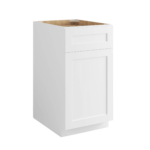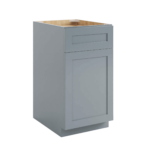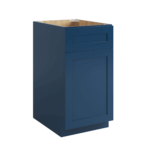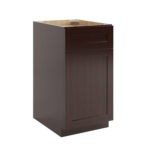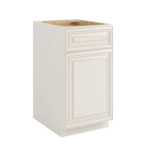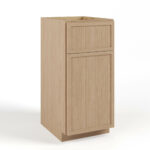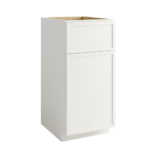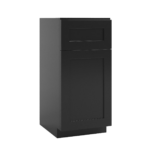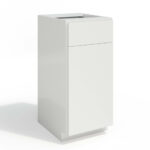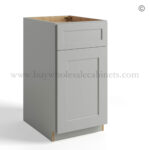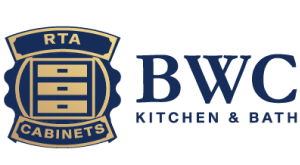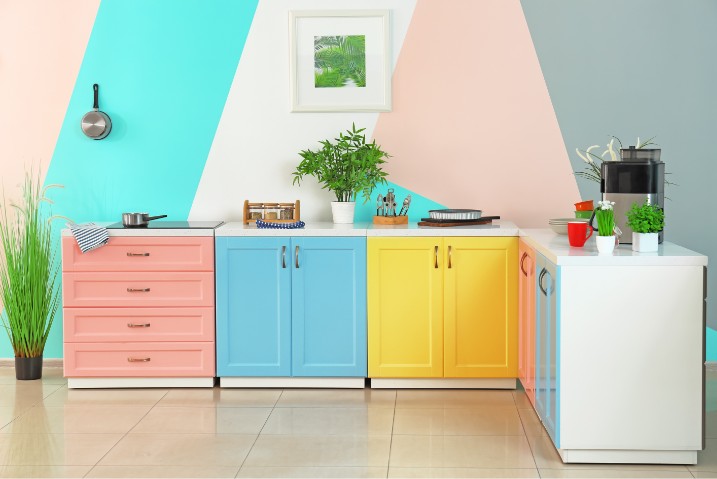How to Achieve a Professional Finish for Your RTA Kitchen Cabinets
Table of Contents:
I. Introduction
II. Preparing Your Cabinets for Painting
III. Mistakes to Avoid When Painting Your RTA Kitchen Cabinets
A. Not Cleaning the Cabinets Properly
B. Skipping the TSP Solution
C. Not Labeling the Doors and Hardware
D. Forgetting to Remove the Hardware
E. Painting the Cabinets in Place
F. Applying Too Many Coats
G. Not Sanding the Cabinets Properly
H. Not Using Quality Paint and Supplies
I. Rushing the Process
Introduction
Painting your RTA kitchen cabinets can be a cost-effective and rewarding way to update your kitchen’s look. However, it’s important to avoid common mistakes to ensure a professional and long-lasting finish. In this blog, we’ll go over the most common DIY painting pitfalls and how to avoid them.
Preparing Your Cabinets for Painting
Before you start painting your RTA kitchen cabinets, it’s important to prepare them properly. Start by removing all the doors and hardware and labeling them to make reassembly easier. Clean the cabinets thoroughly with a grease-cutting cleaner and a TSP solution to remove any dirt, grime, or oil buildup.
Mistakes to Avoid When Painting Your RTA Kitchen Cabinets
A. Not Cleaning the Cabinets Properly
One of the most common mistakes people make when painting their RTA kitchen cabinets is not cleaning them properly. Dirt, grime, and grease can prevent the paint from adhering properly to the surface, resulting in a subpar finish. Use a grease-cutting cleaner and a TSP solution to remove any buildup before painting.
B. Skipping the TSP Solution
Another mistake people make is skipping the TSP solution. This powerful cleaning solution helps to remove any oil or grease buildup on the surface, making it easier for the primer and paint to adhere. Don’t skip this step, as it can make a big difference in the quality of the finish.
C. Not Labeling the Doors and Hardware
Removing the doors and hardware is essential for achieving a professional finish, but it’s equally important to label them properly. This will make it easier to reassemble everything correctly once the painting is done.
D. Forgetting to Remove the Hardware
Removing the hardware is also important, as it can be difficult to paint around and can result in an uneven finish. Take the time to remove all the hardware before painting, including hinges, handles, and knobs.
E. Painting the Cabinets in Place
Painting the cabinets in place may seem like a time-saver, but it can result in a subpar finish. You may end up with drips, smears, or uneven coats of paint. It’s best to remove the doors and paint them separately to ensure a smooth and even finish.
F. Applying Too Many Coats
It’s easy to get carried away with applying too many coats of paint, thinking that it will result in a better finish. However, too many coats can result in a thick, gloppy mess that is prone to chipping and peeling. Follow the manufacturer’s instructions for the number of coats to apply.
G.Not Sanding Properly
Sanding your cabinets is a crucial step in the painting process. It helps to create a rough surface that the paint can adhere to. However, some people make the mistake of not sanding enough, or not sanding evenly. This can lead to a bumpy, uneven finish, or paint that doesn’t adhere properly.
To avoid this mistake, be sure to sand your cabinets thoroughly, using a fine-grit sandpaper. Start by removing any hardware, and then sand the surface of the cabinets in the direction of the grain. Be sure to sand evenly, paying special attention to any rough spots or areas with existing paint.
H. Not Using Quality Paint and Supplies
Using low-quality paint and supplies is a common mistake that can lead to a disappointing finished product. Cheap paint can lead to streaks, chipping, and an uneven finish. Low-quality brushes and rollers can leave behind bristles or fibers that get caught in the paint.
To avoid this mistake, invest in quality paint and supplies. Look for paint specifically designed for cabinets, as this will offer better adhesion and durability. Choose high-quality brushes and rollers, and be sure to clean them properly after each use.
J. Rushing the Process
Painting cabinets is a time-consuming process that requires patience and attention to detail. Rushing through the process can lead to mistakes, such as uneven paint or missed spots.
To avoid this mistake, take your time and follow the steps carefully. Don’t try to paint your cabinets all at once. Instead, break the project down into smaller sections and work on one area at a time. Be sure to allow each coat of paint to dry fully before applying the next.
Conclusion
Painting your RTA kitchen cabinets can be a great way to update the look of your kitchen without breaking the bank. However, it’s important to take your time and avoid common mistakes. By properly cleaning and preparing your cabinets, using the right tools and materials, and taking your time throughout the process, you can achieve a beautiful, professional-looking finish that will last for years to come.
